The theory of gravity was first introduced by Sir Isaac Newton in the 17th century. In formal terms, objects are drawn together by their masses and pulled apart by their masses. For years, people have used Newton’s theory to predict the motions of heavenly bodies.
Albert Einstein, in 1915, proposed a new theory, the theory of general relativity. This theory describes how the curve of space and time creates the force of gravity. Einstein’s general relativity can account exactly for what heavy objects do in the proximity of black holes or the early universe.
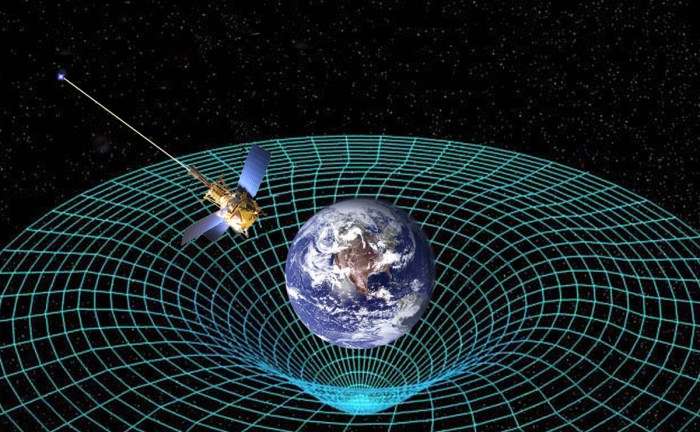
Gravity is the most important factor for the formation and evolution of galaxies. Gravity pulls the gas and dust, allowing it to become stars and planets. Gravitational collapse can also form progressively larger structures, like galaxies and galaxy clusters.
Gravity is a key factor for space exploration. Besides being important to astrophysics, it is important to compute the gravitational effects on spacecraft to plan for missions and the trajectories of these spacecraft. Astronauts need to cope with the microgravity in the first place, which can significantly alter their health up there.
Gravity is being investigated in the search for new physics beyond the standard model. Many theories involving gravity (such as string theory) posit that it is instead an emergent effect (rather than a fundamental force) that is an effective theory for more fundamental interactions between particles. Scientists hope to discover more about how the universe works by studying the behaviour of gravity in extreme conditions, like black holes.
Newton’s Gravity
Newton’s law of gravity is one of the basic principles in physics. This principle was formulated by the English Mathematician Sir Isaac Newton in the 17th century.
Newton’s law explains that every object in the universe attracts another object with a force that is directly proportional to the product of their masses and inversely proportional to the square of the distance between them.
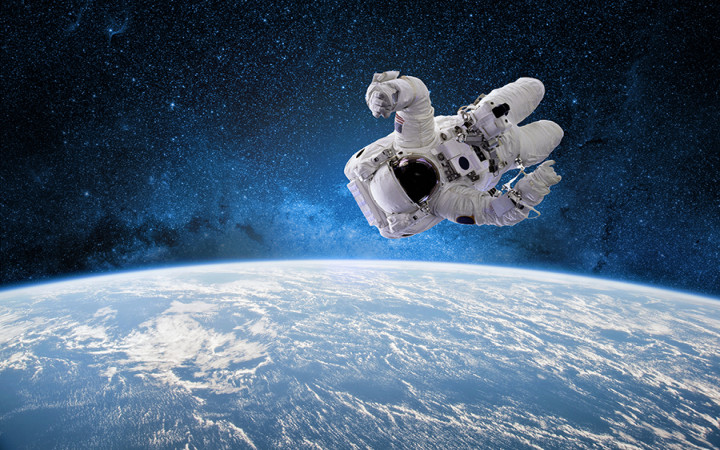
According to Newton’s law of gravity, F = G * (m1 * m2) / r2, where r is the distance between the two bodies’ center’s of mass, m1 and m2 are their masses, and G is the gravitational constant. The motion of the planets around their stars, ocean tides and the objects on the earth are just a few of the many phenomena this law describes.
This law explains many phenomena, such as the motion of the planets around it’s star, the tides in the ocean and the motion of objects on Earth. It is also the basis for the calculation of many practical applications, like trajectories of space probes and satellite orbits.
Einstein’s Gravity
Einstein’s theory of gravity is known as modern theory of gravity and as General Relativity. This theory describes gravity as a curvature of spacetime caused by the presence of mass or energy. In other words, massive objects like planets and stars warp the fabric of spacetime, causing other objects to move in a curved path around them.
The strength of gravity depends on the mass and distance between objects. The more massive an object is, the more it warps spacetime, and the stronger its gravity. Similarly, the closer two objects are, the stronger their gravitational attraction.
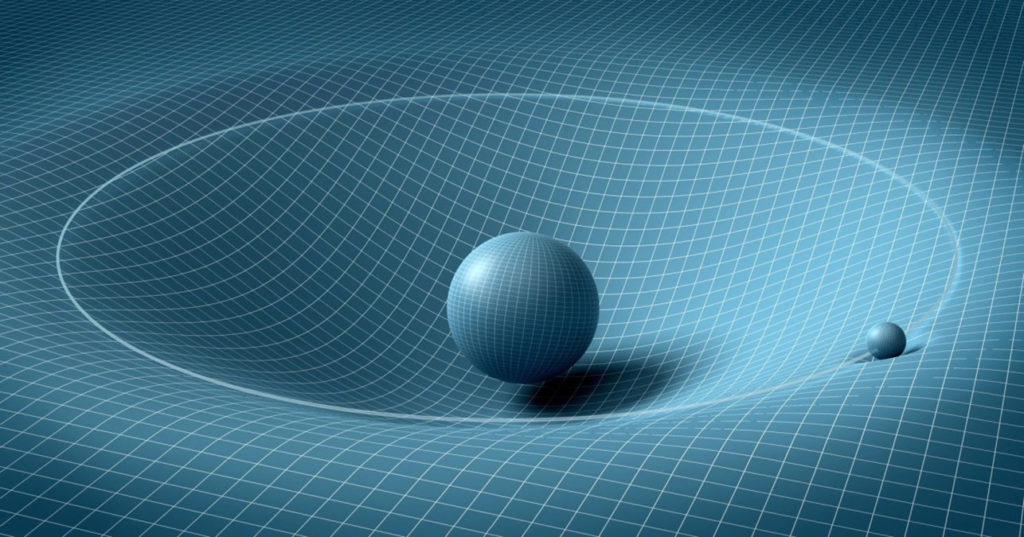
Einstein’s theory of gravity has been approved by various experiments and observations, including the bending of light coming from stars around massive objects, like black holes.
This also predicted the existence of black holes, which have since been observed indirectly through their effects on nearby objects and bending of light.
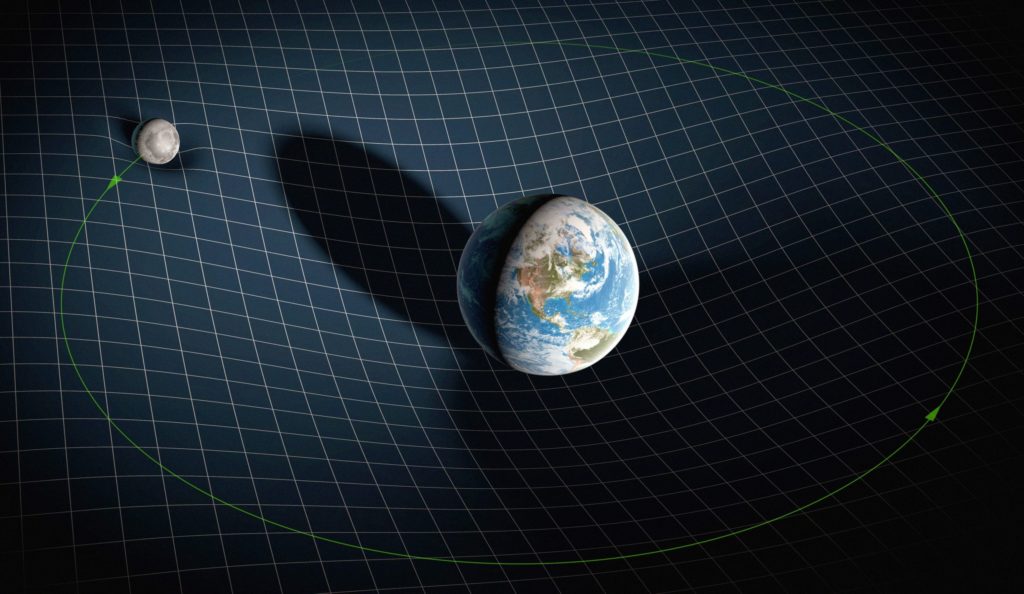
So, Einstein’s theory of gravity provides a more accurate and complete understanding of how gravity works compared to the classical theory of gravity proposed by Sir Isaac Newton.
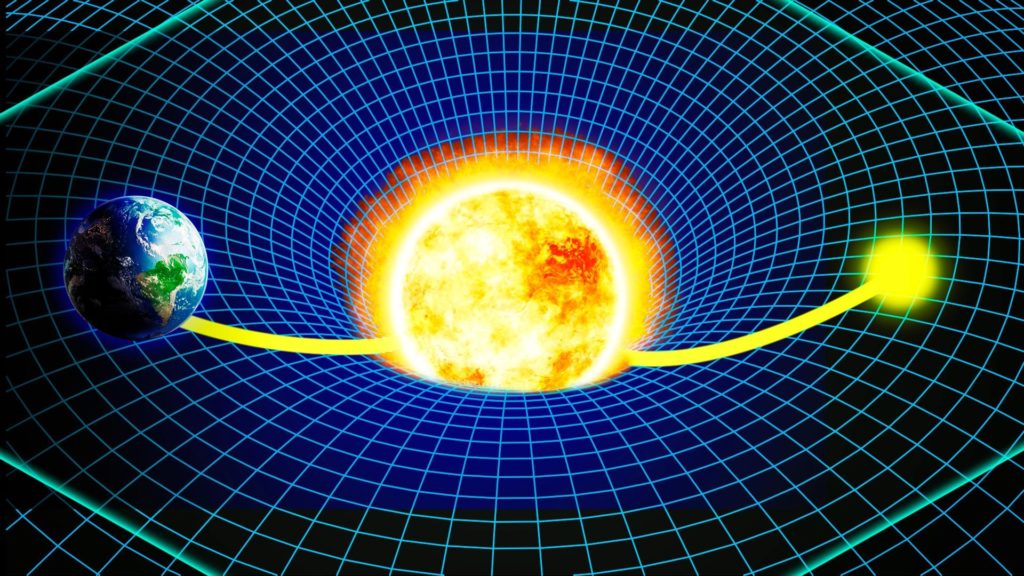
1 comment
Esharma
Very impressive article